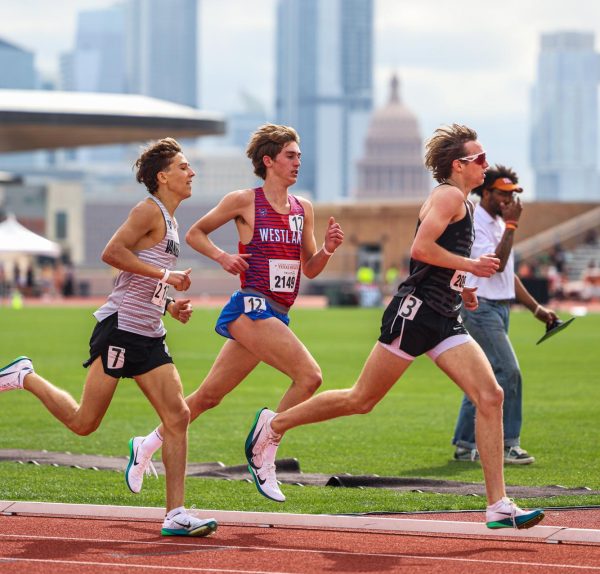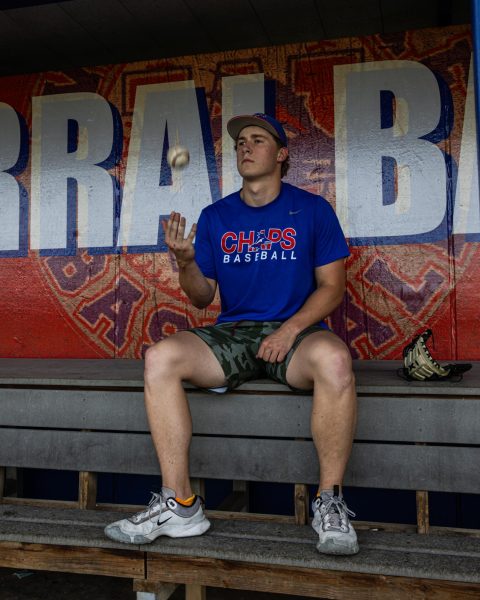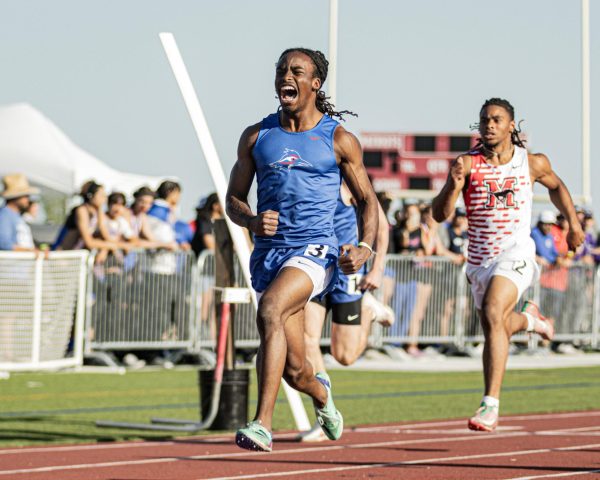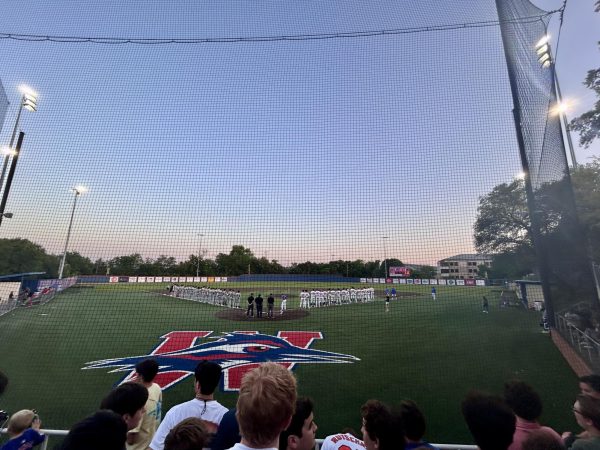Understanding Austin’s BMX scene as X-Games approaches
Characterized by a dropped seat, small tires, high handlebars and pegs, BMX has been a staple of a “grungy” lifestyle. Sitting in a ripped flannel, torn jeans and dusty knee pads, riders sit at the top of the Ninth Street hill. While they wait for their opportunity to take a run, riders prepare for the six consecutive jumps that will launch them 15 feet in the air.
BMX riding is considered one of the major extreme activities in the modern alternative sports world of today. The sport has progressed in many ways throughout its history, starting most recently in the ‘90s, when BMX gained its high popularity, different people began to form different styles of riding.
The big three styles range from street riding, which consists of public rails and obstacles in the city, and also skate parks; dirt riding, which in the case of certain parks, contains freestyle dirt jumps; and racing, which is usually done on a dirt track with large jumps where riders compete against other riders.
BMX is most notably large in the X-Games, the Olympics and in smaller sponsored events (like Red Bull/DC/Vans/etc.). Returning soon to Austin from June 2-5 is X-Games Austin, where premier riders will compete against each other in the different styles of BMX riding. Most known, are professionals like Chase Hawk and Aaron Ross, who began their career at the local jump park, “Ninth Street,” in downtown Austin.
Ninth Street is one of the bigger BMX parks in America and is full of different dirt jumps and obstacles. Because it is maintained only by the community with no city sponsorship, riding the park is to be respected, as the people who make it possible are the people next to you on a run. Austin’s BMX scene is actually one of the biggest in America, as Austin has produced dozens of top level riders that are still in the scene.
While to the common person BMX is not well known, it can be surprising to find the depth in the community of riders.
“I never really knew about the scene until I got my first bike,” junior Jackson Wallace said. “You have to do a bunch of research and ask people different questions that I didn’t even know were things. You learn a lot really quick, and learn that the people who are dedicated to this activity are extremely tight knit.”
Many people who try BMX love it. However, it is not a cheap sport to get into. Generally a new beginner’s bike is in the $300-500 range. As riders progress, parts and better frames continue to get more expensive. However, most say it is worth it.
“It was tough affording all the new parts that need repairs and maintenance, and it is for sure annoying to deal with, but you come to appreciate it,” Jackson said. “You get hooked, and every time you land a jump, or bust your lip open, you get that rush. It’s an addiction to some degree.”






